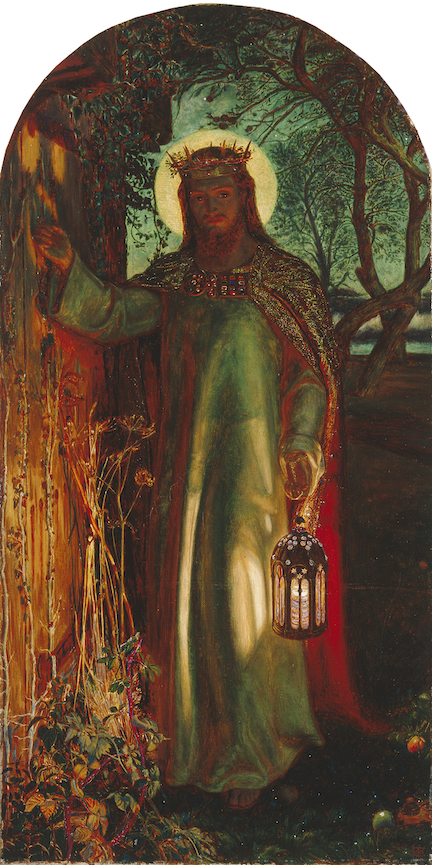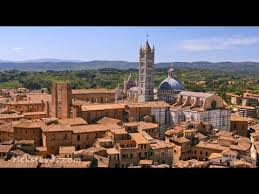In a recent article in America magazine, “How Vatican II can help us navigate the politics of a pandemic,” Chicago Cardinal Blaise Cupich claims that Vatican II identifies a “clear pathway of public engagement, conscience formation and authentic witness to the Gospel of Jesus Christ.”
Some of the points he makes are fine. For example, the Church by its very nature is missionary. Furthermore, the Church must maintain “a proper balance between its autonomy and its solidarity with humanity” in its efforts to illuminate – with the law of God – the political, economic, and social order, to “infuse Gospel values into the life of society and the state,” indeed, the full spectrum of the common good.
Still, the chief claim is lopsided about the relationships between the Church and the world. He says, “While the church enjoys its autonomy to act in the world, it does not stand in competition with the world. Rather, being in the world means that the church journeys in solidarity with all of humanity.” He claims that Vatican II corrected pre-conciliar ecclesiologies by abandoning the view where “the church [is seen] as divided from and standing over the rest of humanity.”
But does the Church never stand competitively with the world, and hence is it never divided from and standing over the rest of humanity? This claim is not only Biblically and theologically false, it’s also not the full teaching of Vatican II on ecclesiology.
The opening sentences of Vatican II’s Lumen gentium state that Christ is the light of all nations, not the Church, but that this light shines on the Church’s face, especially in its proclamation of the Gospel. The human reception of that light – and hence of the Gospel – is, however, open to resistance and hence to distortion, misinterpretation, and rejection (see John Paul II, Dominum et vivificantem, §§55-56, 47).
And consider this: “And the light shines in the darkness and the darkness has not understood it. . . .He was in the world, and the world was made through Him, and the world did not know Him.” (John 1: 5, 10)

These verses speak of the negative reaction of the world to the coming of the light. As Karol Wojtyla, the future John Paul II, rightly said, “Jesus is both the light that shines for mankind and at the same time a sign of contradiction. . . .that sign which, more than ever, men are resolved to oppose.” (Sign of Contradiction)
Yes, if Cardinal Cupich means to say that the Church does not claim that the whole culture of any society, including our own, is irretrievably evil and hence beyond redemption, then of course he is right. But neither does she accept all dimensions of this culture as wholly good, or even tolerable.
In response to the cultural context, the Church, at its best, has adopted a threefold strategy of:
(1) total rejection (e.g., incest, bestiality, homosexual practice, adultery, child sacrifice, prostitution, abortion, and rape);
(2) qualified tolerance (e.g., practices in the Old Testament, such as, polygamy, divorce that were tolerated, Jesus tells us, because of “hardness of hearts,” but it was not so from the order of creation [Matt 19:8; Mk 10:5]); and
(3) critical affirmation, which means affirming positively, albeit discerningly, aspects of the true, good, and beautiful in, say, the ancients and moderns (e.g., philosophical ideas of Plato, Aristotle, Kant, Scheler, etc.).
Vatican II’s ecclesiology, as it is expressed in Gaudium et Spes, is not just about the Church being in the world. This document views the Church against the religious dynamics of our culture. In sum, “A monumental struggle [of the Kingdom of God] against the powers of evil pervades the whole history of man.” (§37).
Thus, the drama of man’s life is a spiritual battle throughout the whole of the temporal creation (cf. CCC, §409): “Finding himself in the midst of the battlefield man has to struggle to do what is right, and it is at great cost to himself, and aided by God’s grace, that he succeeds in achieving his own inner integrity. Hence, the church of Christ, trusting in the design of the creator (to be cultivator and custodian of the goods of creation) and admitting that progress can contribute to man’s true happiness, still feels called upon to echo the words of the apostle: ‘Do not be conformed to this world’” (Rom. 12:2).
The Council Fathers add, “‘World’ here means a spirit of vanity and malice whereby human activity from being ordered to the service of God and man is distorted to an instrument of sin.” (§37)
The Second Vatican Council was gripped by St. Paul’s vision of cosmic redemption in Christ. (Col 1: 9-23) In this light, the Council affirmed, “The good news of Christ continually renews the life and culture of fallen man . . . as it were from within; it fortifies, completes and restores [it] in Christ.” (§28) This view “gives Christ, the Redeemer of man, center of the universe and of history, the scope of completely renewing the lives of men ‘by opening the vast fields of culture to His saving power’.” (§58)
Basic to this vision is the truth that the whole creation is recapitulated in Christ. In the written Word of God, the lordship of Jesus Christ over creation and redemption is revealed. (Phil. 2:11) This is the Church’s greatest resource for transforming the world.
Thus, the Council teaches, “The Lord is the goal of human history, the focal point of the desires of history and civilization, the center of mankind, the joy of all hearts, and the fulfillment of all aspirations.” (§45).
Vatican II supported the idea of a sanctified laity whose responsibility is to be engaged in the transformation of the full spectrum of culture for the sake of Christ’s Lordship. This is the ecclesiology found in Lumen gentium, Apostolicam actuositatem, and in John Paul II’s Christifideles laici. This is the ecclesiology that we urgently need.
*Image: Light of the World by William Holman Hunt, c. 1853 [Manchester Art Gallery, Manchester, England]















